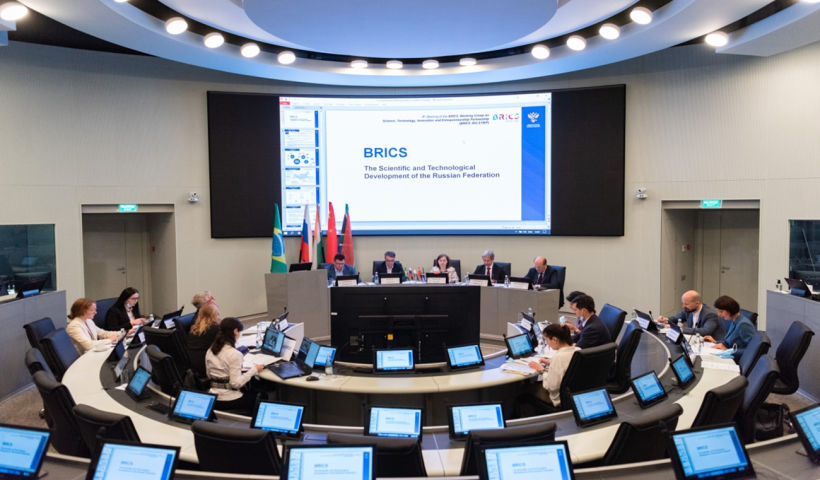Bridging the Technological Divide: Strategies for Transferring New Technologies to Developing Countries
Introduction
In an era dominated by rapid technological advancements, it is imperative that the benefits of innovation reach every corner of the globe. However, transferring new technologies to developing countries presents a unique set of challenges. This article explores effective strategies to bridge the technological divide and ensure that the advantages of cutting-edge innovations are accessible to all.
Needs Assessment and Customization
Before initiating any technology transfer, it is crucial to conduct a thorough needs assessment within the target country. Understanding the specific challenges, infrastructural limitations, and societal needs will help tailor the technology to suit local conditions. Customization can range from adapting hardware to suit local power supply conditions to developing software interfaces in regional languages.
Capacity Building and Training
Transferring a new technology is not just about delivering the physical product, but also about empowering local communities to understand, operate, and maintain it. Investing in training programs and capacity-building initiatives ensures that the technology is effectively utilized and maximizes its potential impact. This might involve setting up training centers, partnering with local educational institutions, or conducting workshops and seminars.
Public-Private Partnerships
Collaboration between public and private sectors can be instrumental in technology transfer efforts. Governments can create conducive policies and provide incentives to attract technology providers, while private companies can offer expertise, funding, and resources. This synergy can result in more efficient and sustainable technology adoption.
Open Source and Knowledge Sharing
Embracing open-source technologies can accelerate the transfer process. Open-source solutions encourage collaborative development and knowledge-sharing across borders. By making source codes, designs, and blueprints freely available, barriers to entry are lowered, allowing local communities to adapt and improve upon existing technologies.
Pilot Projects and Demonstrations
Conducting small-scale pilot projects and demonstrations can serve as invaluable learning experiences. These projects allow for real-world testing, fine-tuning, and gathering of feedback from end-users. Furthermore, successful pilot projects can serve as compelling examples to attract further investment and interest.
Establishing Regulatory Frameworks
A clear and conducive regulatory environment is essential for successful technology transfer. Governments must create policies that promote innovation while safeguarding public interests. This includes intellectual property protection, quality standards, and incentives for technology adoption.
Access to Financing and Funding
Securing funding for technology transfer projects is often a significant hurdle. Establishing mechanisms for grants, loans, and investment schemes can provide the necessary financial resources. International organizations, development banks, and philanthropic foundations can play a crucial role in facilitating funding for these initiatives.
Promoting Local Innovation Ecosystems
Fostering an environment conducive to local innovation is key to sustaining and building upon transferred technologies. This involves nurturing entrepreneurship, supporting research and development, and facilitating collaboration between academia, industry, and government.
Utilizing Information and Communication Technologies (ICT)
Leveraging ICT can greatly enhance technology dissemination efforts. Mobile technologies, in particular, have proven to be powerful tools for knowledge sharing and training. Mobile applications and platforms can be designed to deliver educational content, provide support, and facilitate communication between stakeholders.
Conclusion
Transferring new technologies to developing countries is a complex but essential endeavour in today’s interconnected world. By employing a multifaceted approach that combines needs assessment, capacity building, public-private collaboration, and regulatory support, we can bridge the technological divide and pave the way for a more inclusive and prosperous future for all. Through these concerted efforts, we can ensure that the benefits of innovation are accessible to every corner of the globe.













